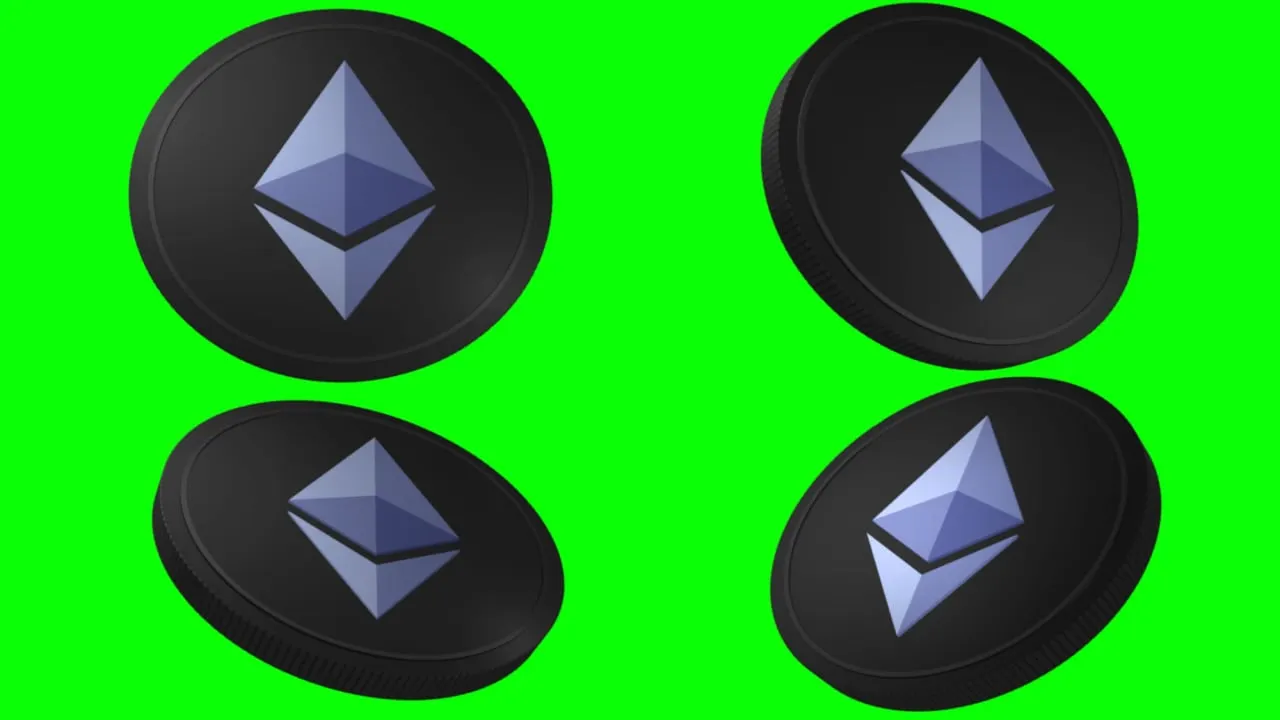It’s not all efficiency and solving trilemmas when it comes to Ethereum layer-2s.
Susannah Evans, a product lead behind the Inter-Blockchain Communication (IBC) protocol at the Interchain Foundation, told Decrypt that Ethereum’s layer-2 ecosystem “fragments user and liquidity,” referring to the separation of liquidity pools across various networks with no solution for interoperability.
“Layer-2s are no holy grail,” she said. “Each layer-2 ecosystem is a silo of its own.”
According to her, the Cosmos ecosystem has advantages over the Ethereum counterpart as all Cosmos-based application chains are “natively interoperable over IBC.”
Inter Blockchain Communication (IBC) is a protocol built atop Cosmos using the network’s software development kit and made to connect Cosmos-based blockchains.
Evans said that the migration of projects like dYdX–and potentially Maker–is proof that developer teams are realizing the problem of liquidity fragmentation.
The decentralized derivatives exchange is expected to launch a new Cosmos-based chain by year-end.
Cosmos liquidity issues, Ethereum incompatibility
While several projects like Cronos, Kava, Osmosis, Canto, Thorchain, Secret Network, and Sei have been built using Cosmos SDK, they all still face a much different dilemma: low liquidity.
According to DeFi Llama data, the cumulative deposits across 32 Cosmos-based blockchains are just $524.3 million.
In comparison, the total deposits in Ethereum roll-ups are $2.89 billion, per DeFi Llama.
This figure excludes the massive $21.5 billion in assets locked in Ethereum-based DeFi applications and other chains that borrow from Ethereum’s security like Polygon and its $757 million in deposits.
The lack of liquidity adversely affects the efficiency and functionality of DeFi applications in the Cosmos ecosystem, restricting growth and adoption.
One solution is bridging the two networks, allowing the Cosmos ecosystem to tap Ethereum’s deep liquidity.
Still, Evans says that the difference in Cosmos and Ethereum’s design makes compatibility “impractical.” Cosmos is designed for “instant finality” after consensus, while Ethereum is based on “probabilistic finality.”
Probabilistic blockchains like Ethereum and Bitcoin do not guarantee that all nodes will always agree on the same blocks after transaction confirmation, but they guarantee that the probability of agreement is very high.
The probability increases as more blocks are added to the one that contains said transaction.
Nevertheless, there are efforts made by the projects to extend IBC compatibility to EVM chains.
Evans mentioned developments such as the launch of native USDC in the Cosmos ecosystem. She added that teams such as Polymer Labs and Agoric are working to enable connections with Ethereum at reasonable costs specifically via Metamask Snaps–the wallet provider's functionality that lets third-party developers build atop the crypto wallet.
At the same time, the Interchain Foundation is working to set up connections between IBC and the popular scaling toolkit Optimism stack.

